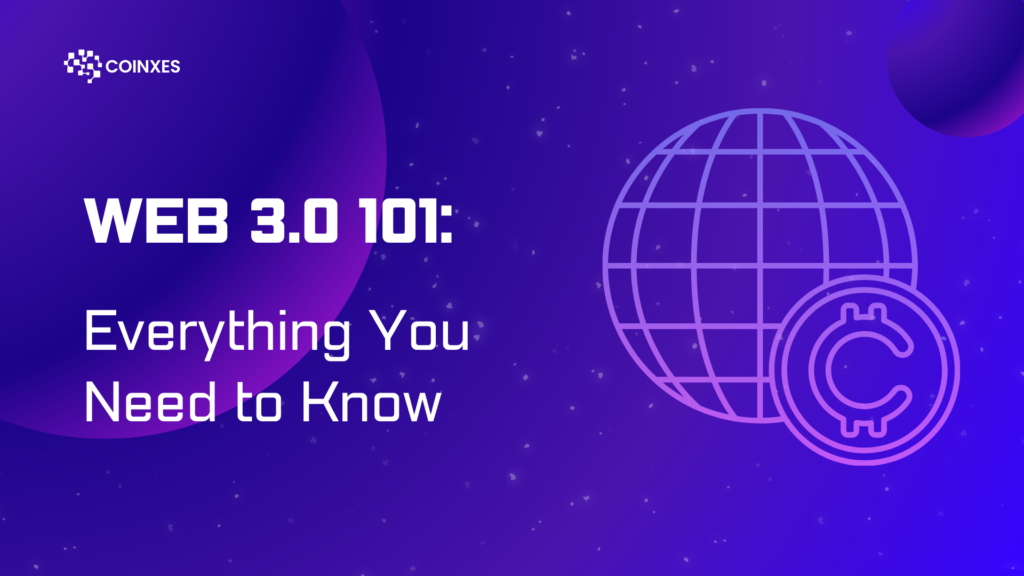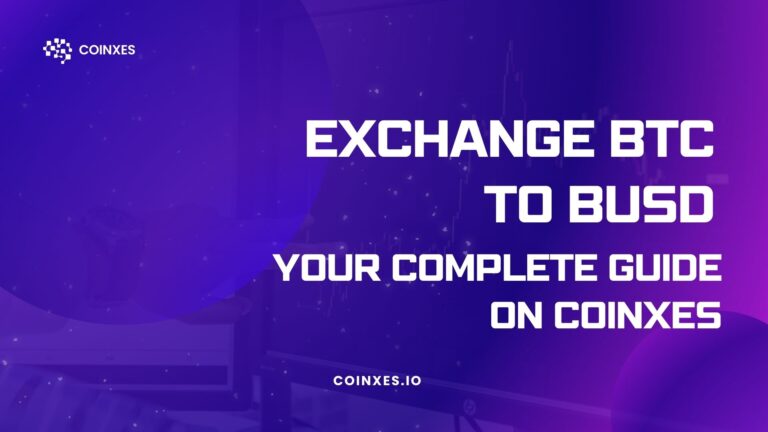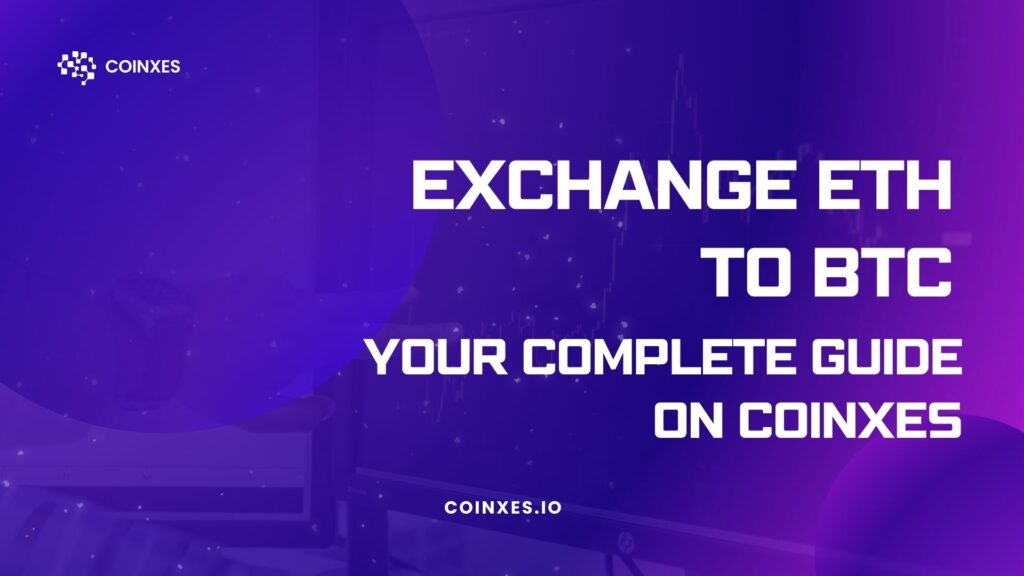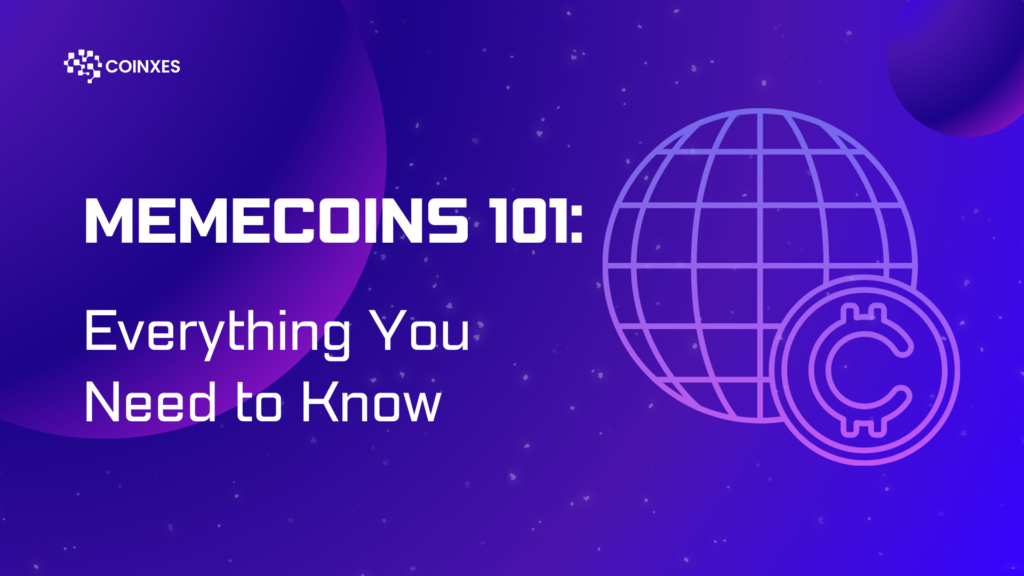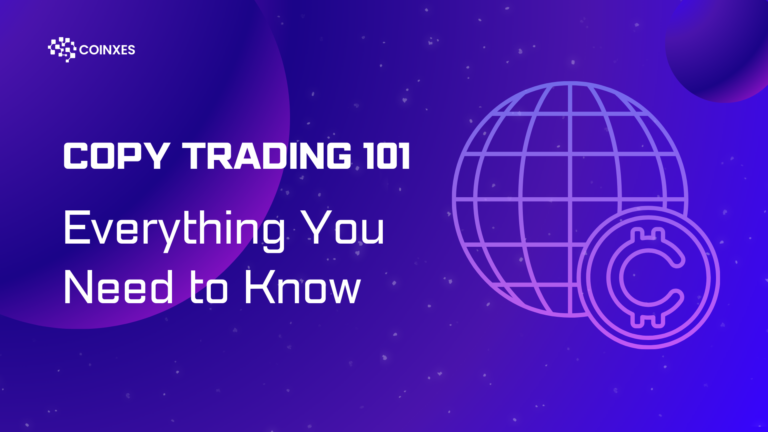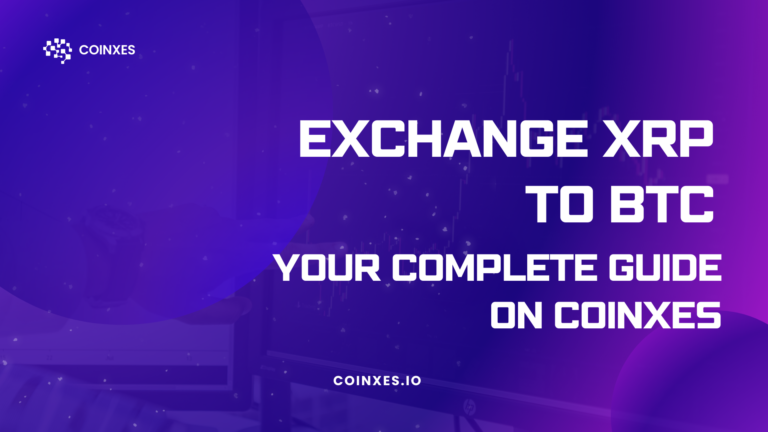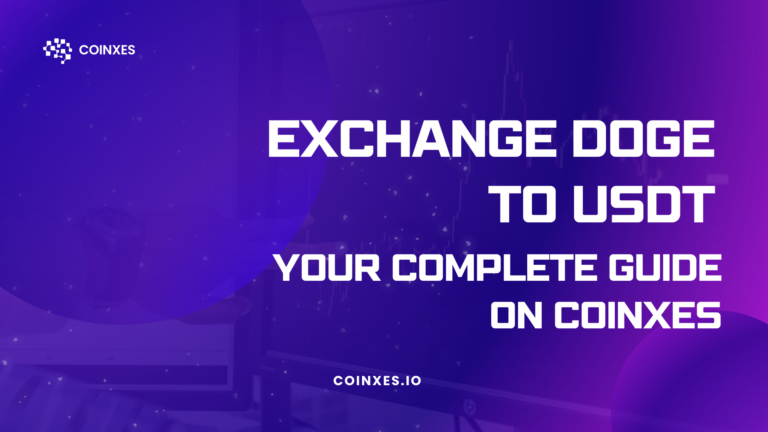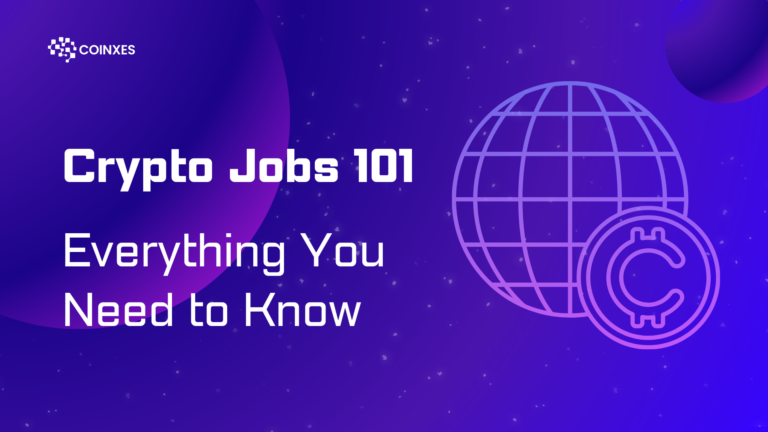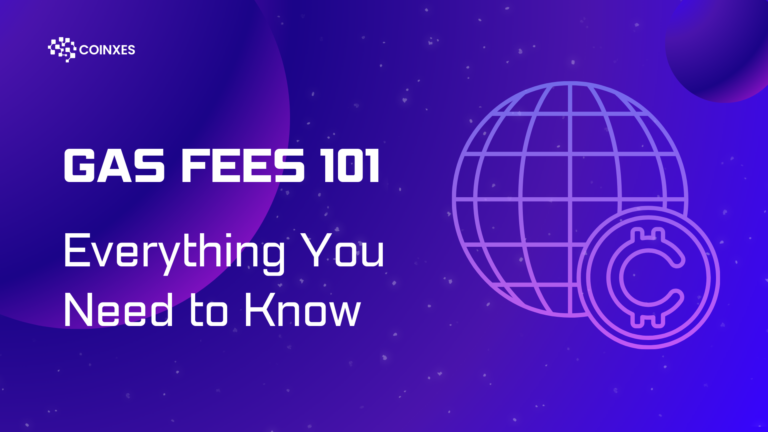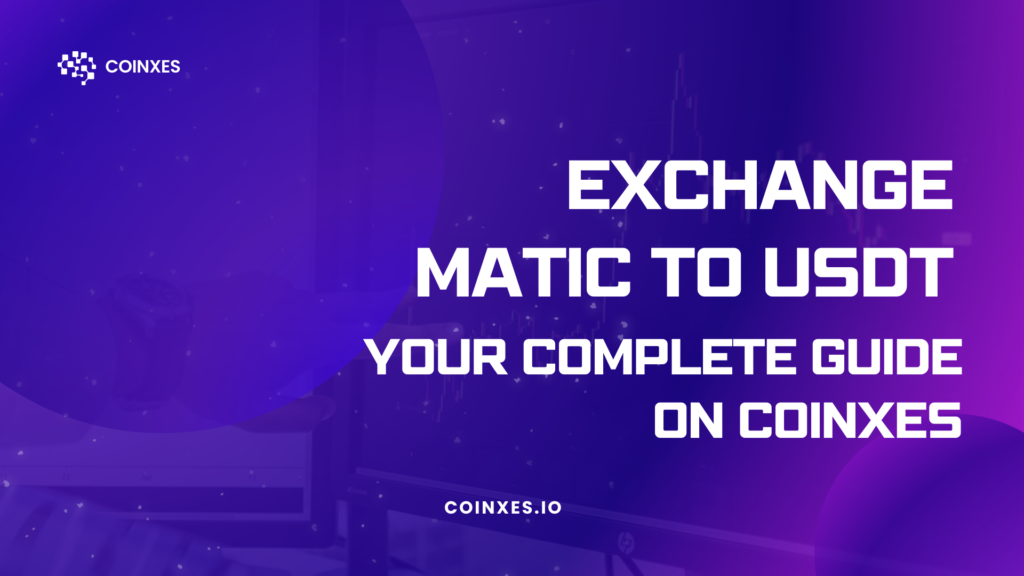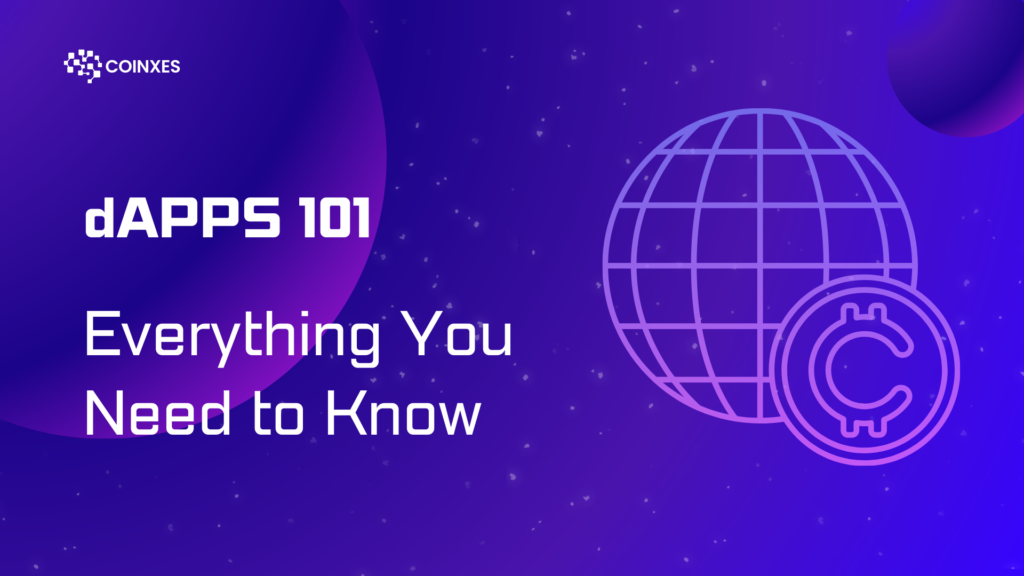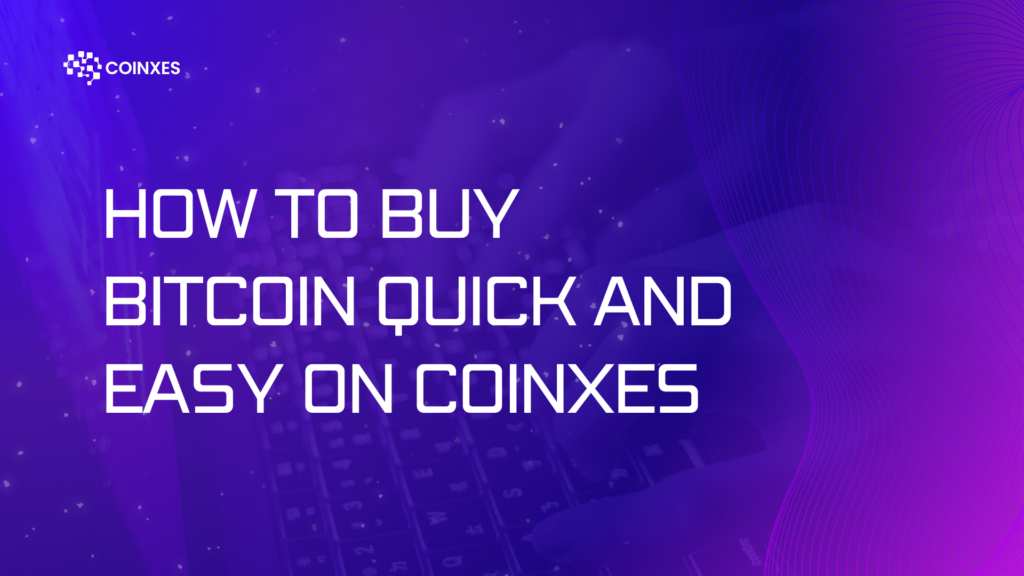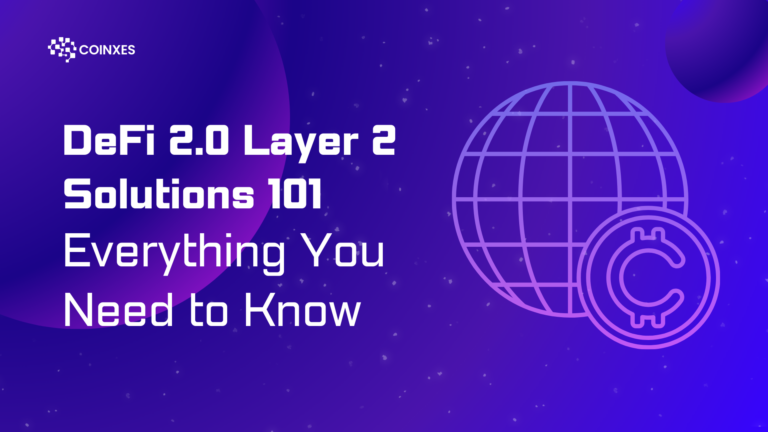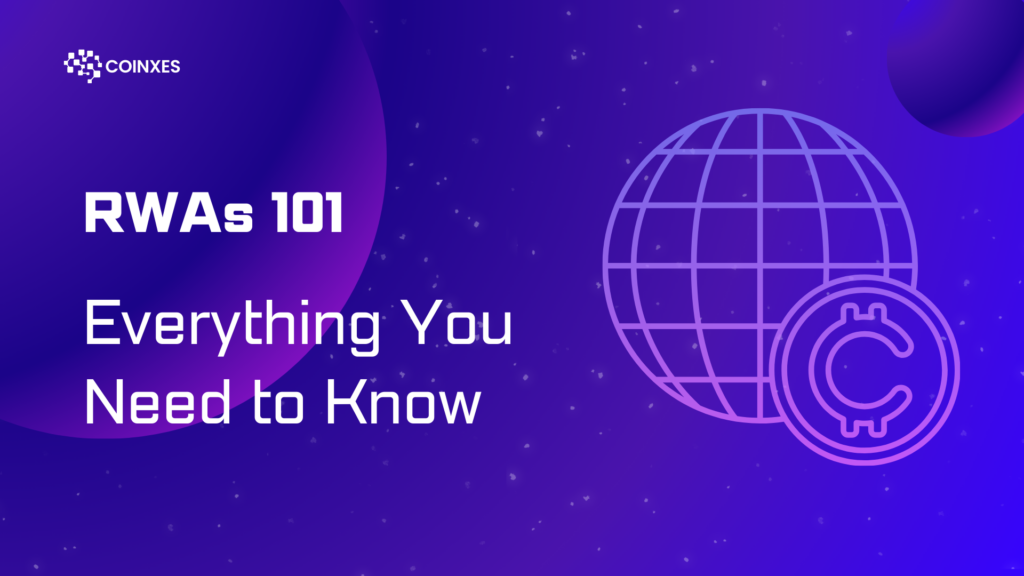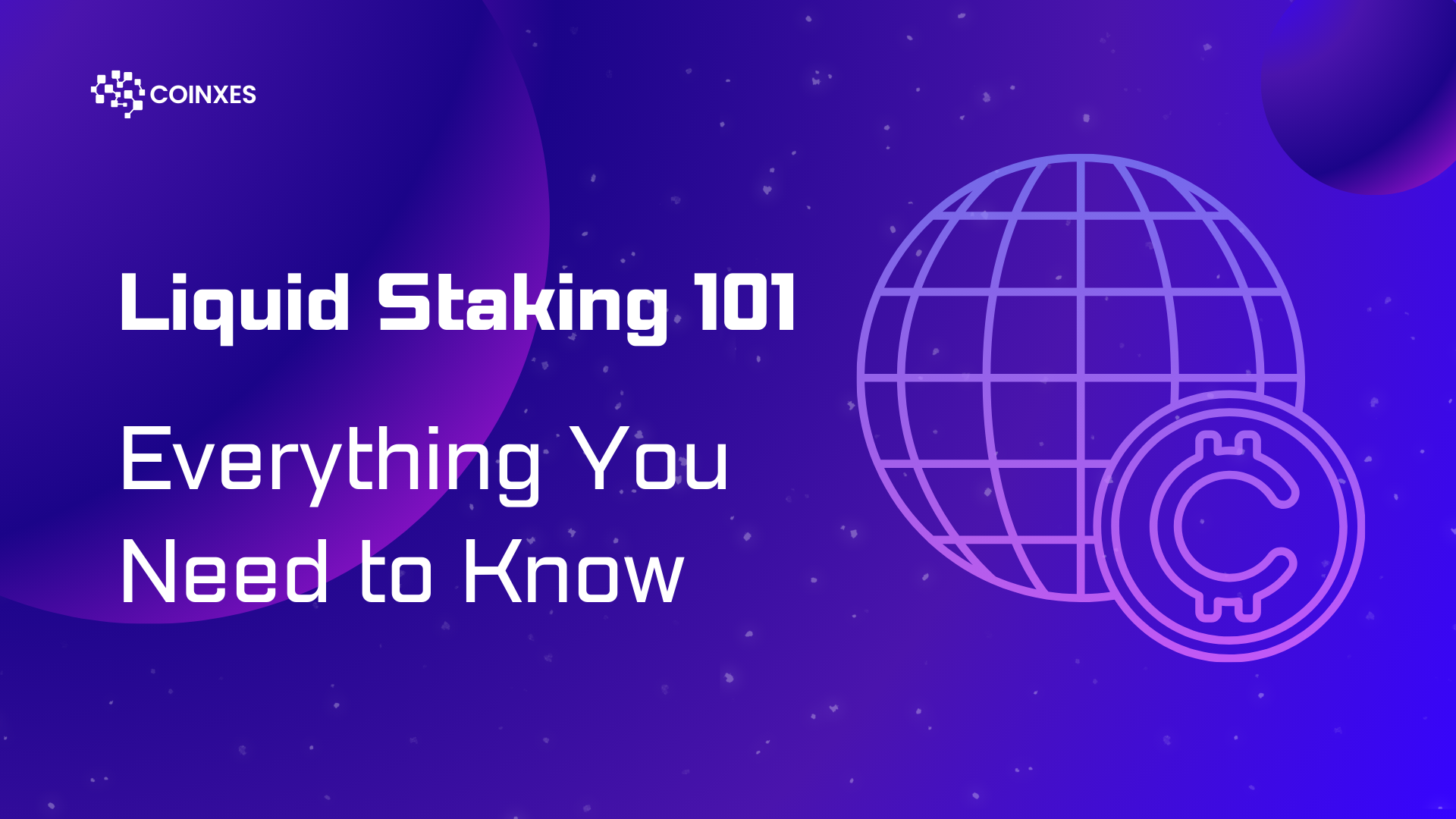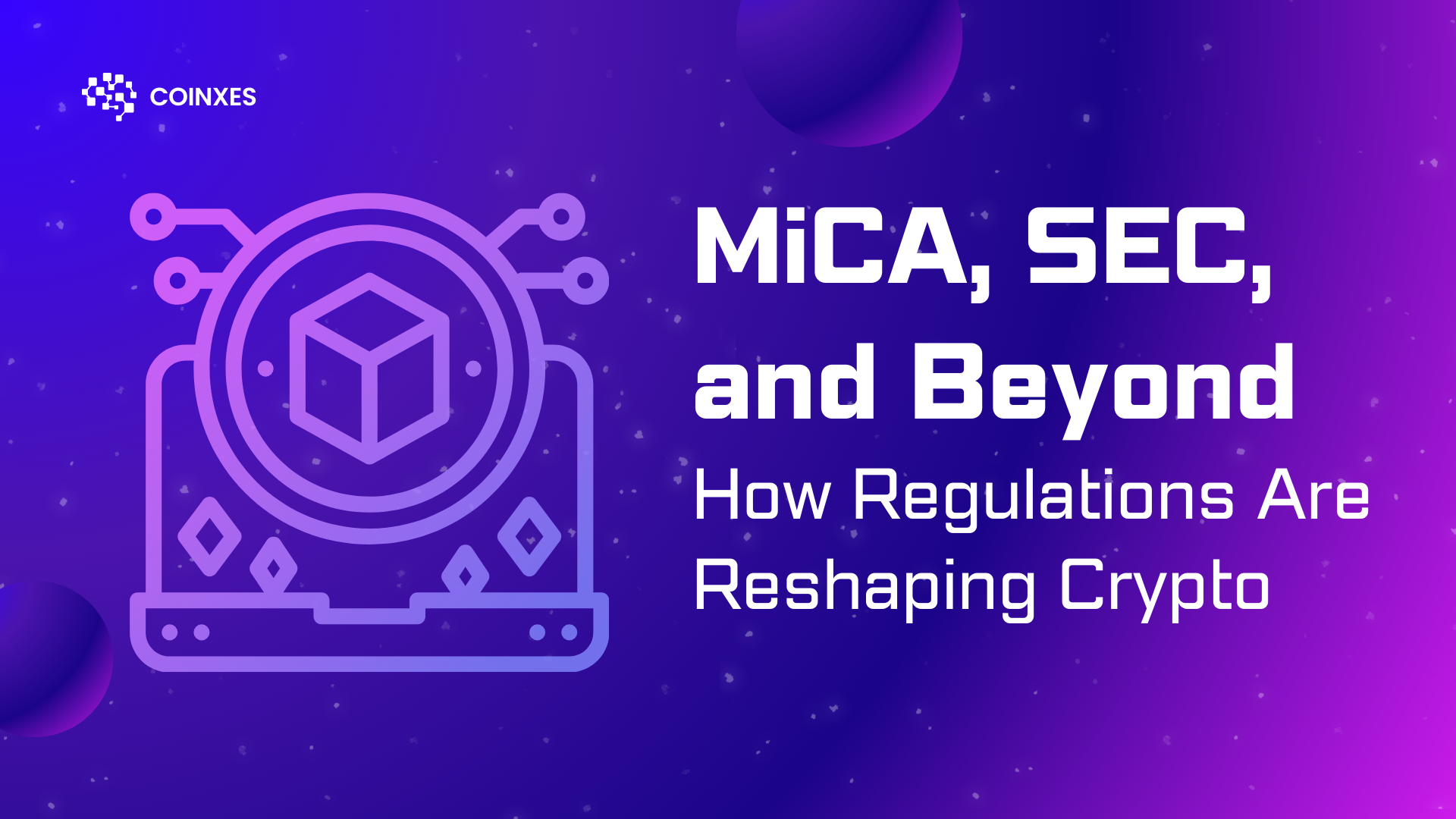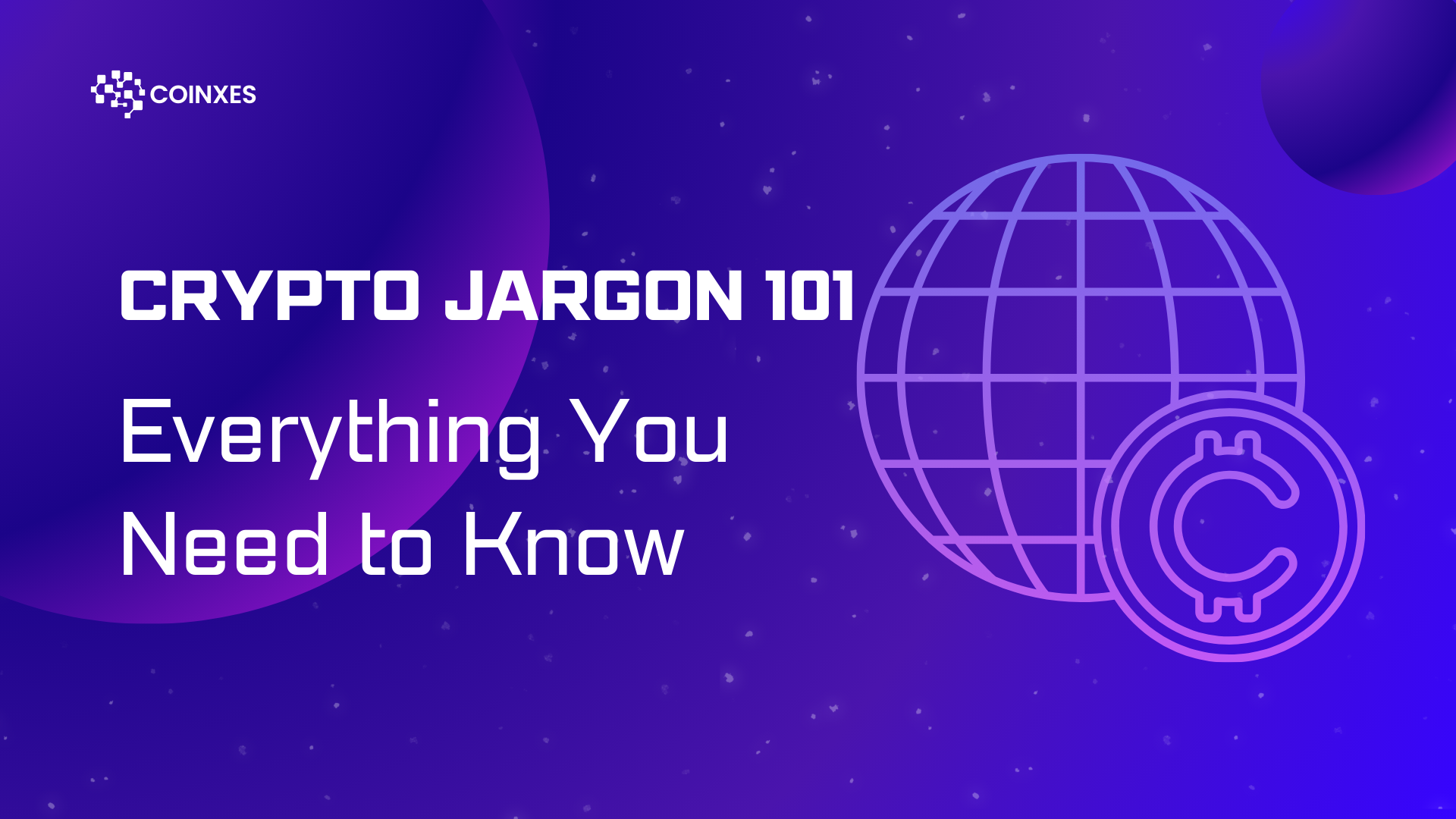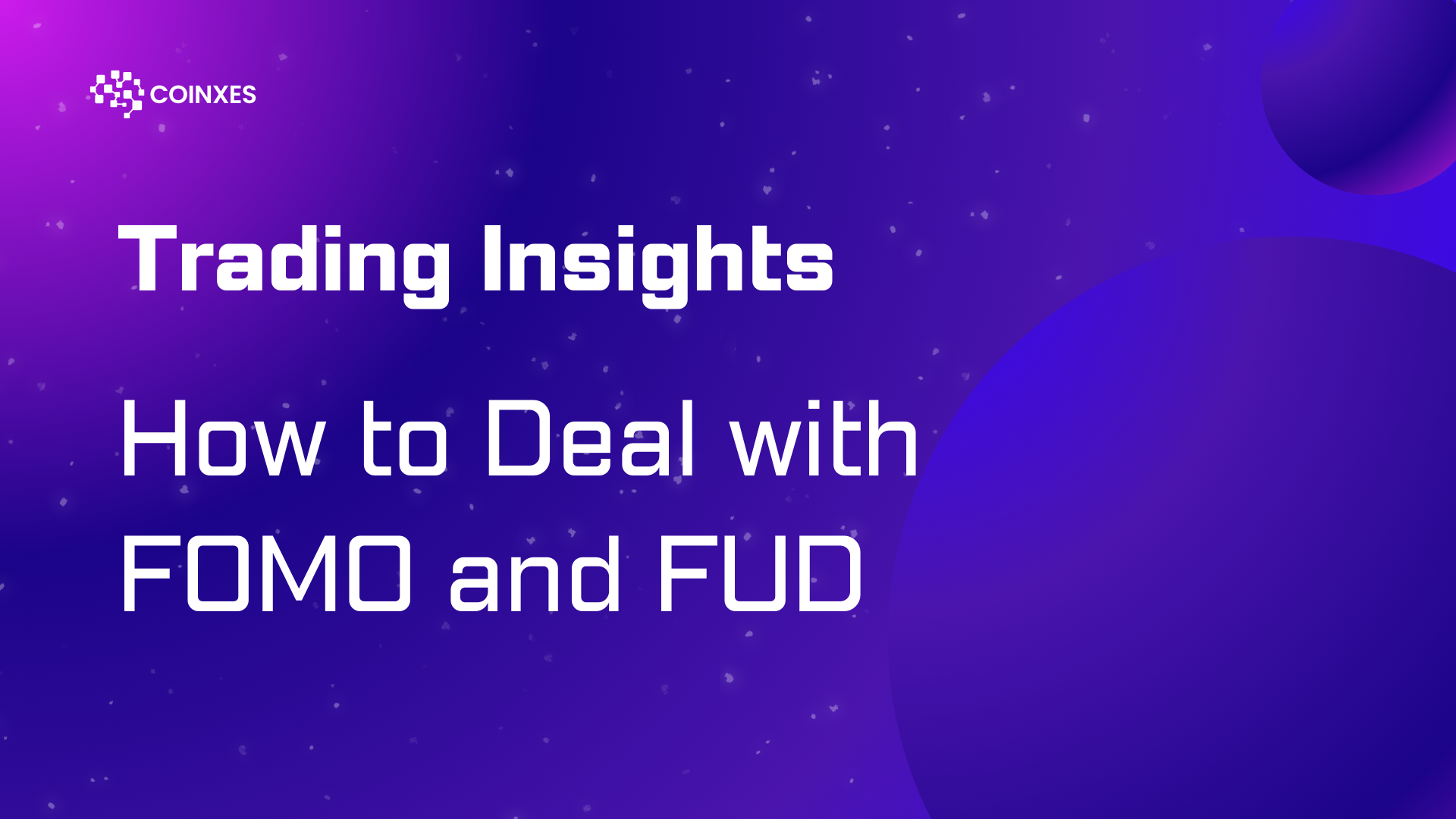 by coinxes.io » 21 May 2025, 16:41
by coinxes.io » 21 May 2025, 16:41
Trading Insights: Spotting Pump-and-DumpsIn the dynamic world of cryptocurrency trading, pump-and-dump schemes are one of the most notorious forms of market manipulation. These schemes can lead to huge price surges, followed by abrupt crashes that leave latecomers with significant losses. For traders, learning to spot pump-and-dump patterns is crucial for protecting investments and seizing profitable opportunities. In this comprehensive guide, we’ll explore what pump-and-dumps are, how they work, the common signals that indicate an impending pump-and-dump, and strategies for avoiding these pitfalls.
What Is a Pump-and-Dump?
A pump-and-dump is a fraudulent scheme in which a group of investors, often referred to as “pumpers,” artificially inflate the price of a cryptocurrency through misleading positive statements or coordinated buying. Once the price is pumped up, these investors sell off their holdings at a high price, leading to a rapid decline in the coin’s value—the “dump.” This leaves unsuspecting traders, who joined in during the hype, with assets that suddenly plummet in value.
Pump-and-dump schemes are especially common in markets with low liquidity, where even small trades can significantly impact the price. New, low-cap cryptocurrencies or DeFi tokens are frequent targets due to their vulnerability to price manipulation.
The Psychology Behind Pump-and-Dumps
Read full article hereℹ️ Stay Connected:https://x.com/Coinxes_iohttps://t.me/coinxes_ioExchanger
https://coinxes.io/-- 22 May 2025, 19:16 --
 CBDC 101: Everything You Need to Know
CBDC 101: Everything You Need to KnowCentral Bank Digital Currencies, or CBDCs, have become one of the most discussed topics in the world of finance and blockchain. Governments across the globe—from China to the European Union—are either exploring, piloting, or actively developing their own digital currencies. But what exactly is a CBDC, and why is it generating so much attention among policymakers, financial institutions, and cryptocurrency enthusiasts alike? This educational article will provide a comprehensive guide to CBDCs—how they work, why central banks want them, the technology behind them, and what it all means for the future of digital finance.
What Is a CBDC?
At its core, a Central Bank Digital Currency is a digital form of a country’s fiat money, issued and regulated by its central bank. Unlike cryptocurrencies such as Bitcoin or Ethereum, which are decentralized, a CBDC is backed by the same governing body that prints physical banknotes. This support theoretically provides it with the same level of trust and recognition as traditional cash, but in a digital asset format.
It’s important to distinguish CBDCs from private stablecoins like Tether (USDT) or USD Coin (USDC). While stablecoins aim to maintain a peg to a traditional currency, they are typically issued by private companies, not governments. A CBDC, on the other hand, operates under the authority of the central bank. This central oversight is often viewed as an assurance of stability, but it also raises concerns about data privacy and government control in the digital realm.
Types of CBDCs: Retail vs. Wholesale
Read full article hereℹ️ Stay Connected:https://x.com/Coinxes_iohttps://t.me/coinxes_ioExchanger
https://coinxes.io/
[b]Trading Insights: Spotting Pump-and-Dumps[/b]
In the dynamic world of cryptocurrency trading, pump-and-dump schemes are one of the most notorious forms of market manipulation. These schemes can lead to huge price surges, followed by abrupt crashes that leave latecomers with significant losses. For traders, learning to spot pump-and-dump patterns is crucial for protecting investments and seizing profitable opportunities. In this comprehensive guide, we’ll explore what pump-and-dumps are, how they work, the common signals that indicate an impending pump-and-dump, and strategies for avoiding these pitfalls.
What Is a Pump-and-Dump?
A pump-and-dump is a fraudulent scheme in which a group of investors, often referred to as “pumpers,” artificially inflate the price of a cryptocurrency through misleading positive statements or coordinated buying. Once the price is pumped up, these investors sell off their holdings at a high price, leading to a rapid decline in the coin’s value—the “dump.” This leaves unsuspecting traders, who joined in during the hype, with assets that suddenly plummet in value.
Pump-and-dump schemes are especially common in markets with low liquidity, where even small trades can significantly impact the price. New, low-cap cryptocurrencies or DeFi tokens are frequent targets due to their vulnerability to price manipulation.
The Psychology Behind Pump-and-Dumps
[url=https://coinxes.io/blog/trading-insights/spotting-pump-and-dumps]Read full article here[/url]
[b]ℹ️ Stay Connected:[/b]
https://x.com/Coinxes_io
https://t.me/coinxes_io
Exchanger https://coinxes.io/
-- 22 May 2025, 19:16 --
[img]https://coinxes.io/wp-content/uploads/2025/03/coinxes-pic-64.png[/img]
[b]CBDC 101: Everything You Need to Know[/b]
Central Bank Digital Currencies, or CBDCs, have become one of the most discussed topics in the world of finance and blockchain. Governments across the globe—from China to the European Union—are either exploring, piloting, or actively developing their own digital currencies. But what exactly is a CBDC, and why is it generating so much attention among policymakers, financial institutions, and cryptocurrency enthusiasts alike? This educational article will provide a comprehensive guide to CBDCs—how they work, why central banks want them, the technology behind them, and what it all means for the future of digital finance.
What Is a CBDC?
At its core, a Central Bank Digital Currency is a digital form of a country’s fiat money, issued and regulated by its central bank. Unlike cryptocurrencies such as Bitcoin or Ethereum, which are decentralized, a CBDC is backed by the same governing body that prints physical banknotes. This support theoretically provides it with the same level of trust and recognition as traditional cash, but in a digital asset format.
It’s important to distinguish CBDCs from private stablecoins like Tether (USDT) or USD Coin (USDC). While stablecoins aim to maintain a peg to a traditional currency, they are typically issued by private companies, not governments. A CBDC, on the other hand, operates under the authority of the central bank. This central oversight is often viewed as an assurance of stability, but it also raises concerns about data privacy and government control in the digital realm.
Types of CBDCs: Retail vs. Wholesale
[url=https://coinxes.io/blog/101-guides/cbdc-101]Read full article here[/url]
[b]ℹ️ Stay Connected:[/b]
https://x.com/Coinxes_io
https://t.me/coinxes_io
Exchanger https://coinxes.io/
